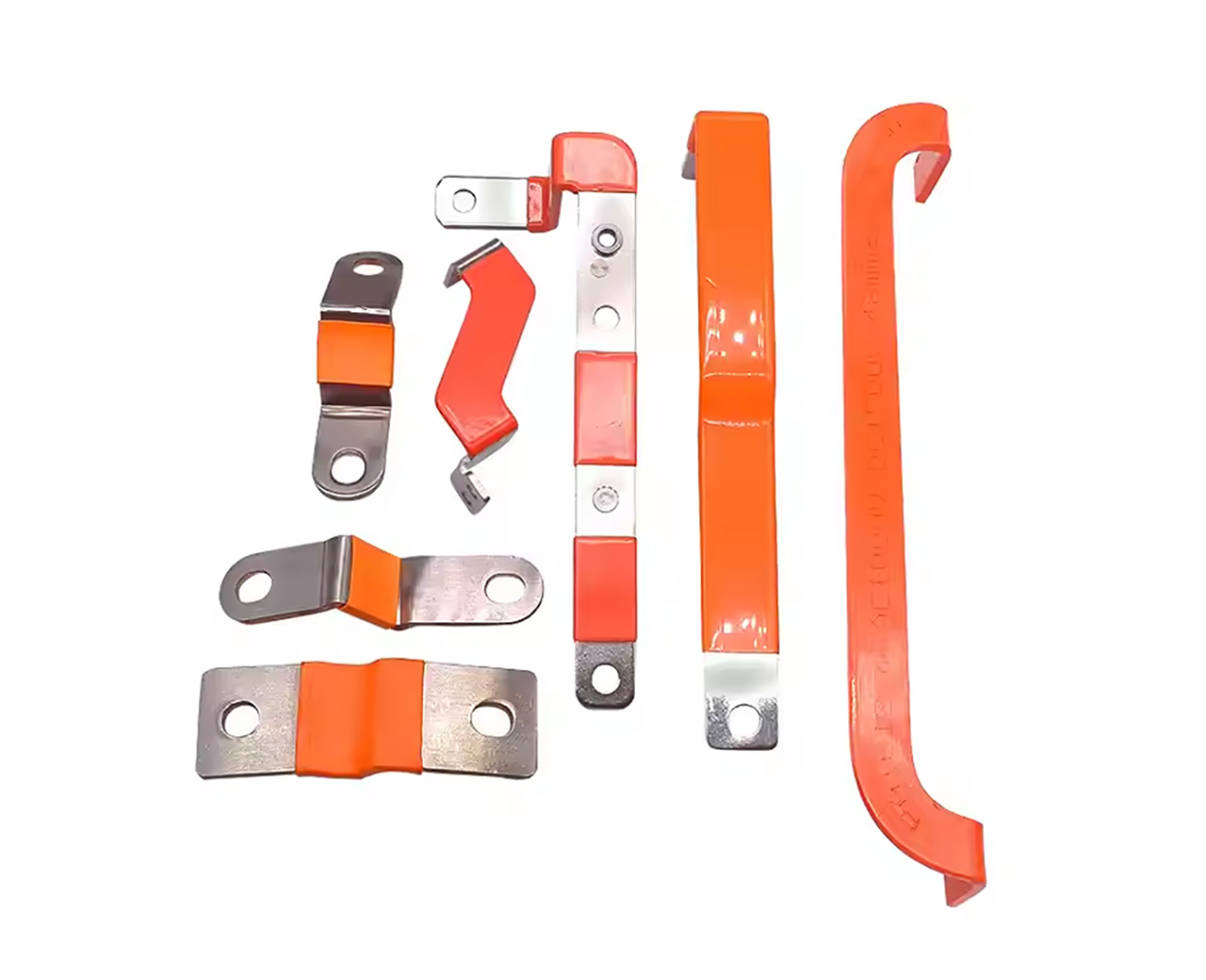2025-08-01 09:23:38
Efficient Solutions for Power Distribution with Battery Bus Bars
In energy systems—whether for electric vehicles, solar storage, or backup power—knowing how to connect bus bar to battery is essential for safe and efficient operation. A well-designed battery bus bar setup not only ensures smooth current flow but also enhances the reliability of the entire battery bank. In this article, we'll explore what a battery bus bar is, how to connect batteries in parallel using bus bars, and why Copper Busbar batteries are often the preferred solution.

A battery bus bar is a flat or shaped strip of conductive metal—usually copper or aluminum—used to connect multiple battery terminals. It serves as a common junction for distributing power evenly across all battery units in a pack. Unlike traditional cable wiring, a bus bar offers greater structural integrity, better heat dissipation, and reduced electrical resistance.
Busbars for batteries are especially common in:
Electric vehicle (EV) battery packs
Solar energy storage systems
UPS (uninterruptible power supply) banks
Industrial power systems
The main objective of using a bus bar is to efficiently link multiple batteries together—especially in parallel—to increase capacity while maintaining voltage. Here’s a step-by-step guide on how to do it:
Use Copper Busbar battery designs for higher conductivity and durability.
Ensure the thickness and width are suitable for the current you intend to carry.
Consider tin-plated or insulated bus bars for added protection.
Place all batteries with matching voltage ratings side by side.
Make sure terminals are clean and corrosion-free.
Use one positive bus bar to connect all positive terminals.
Use one negative bus bar to connect all negative terminals.
Use bolts, washers, or clamps to fasten the bus bars to each terminal.
Ensure firm contact to prevent voltage drops or overheating.
Use fuses, circuit breakers, or isolators where necessary.
Apply insulation or protective sleeves to exposed metal surfaces.
Measure voltage and continuity across the bus bars.
Ensure balanced current flow and no hot spots during operation.
Choosing busbars for batteries over traditional cabling provides multiple advantages:
Reduced Resistance – Better current flow with less energy loss
Improved Cooling – Flat surface area dissipates heat effectively
Compact Design – Clean and organized battery layout
Lower Maintenance – Fewer connections mean less chance of failure
Customizable – Lengths, holes, coatings, and shapes can be tailored
Especially in high-current applications, bus bars offer a scalable solution that enhances both safety and efficiency.
When selecting materials, Copper Busbars stand out for battery applications:
High Conductivity – Copper has nearly 60% higher conductivity than aluminum
Thermal Stability – Performs well under high-load and high-heat conditions
Corrosion Resistance – When tin- or nickel-plated, copper resists oxidation
Mechanical Strength – Supports heavy-duty use without deformation
These features make copper busbar battery systems ideal for EVs, power grids, telecom systems, and beyond.
Understanding how to connect bus bar to battery is critical for anyone working with energy storage systems. Whether you’re designing a solar battery array or an EV powertrain, using a properly sized battery bus bar—especially a copper busbar battery—ensures stable current distribution, reduced energy losses, and long-term reliability. When designing or upgrading your battery system, make sure your bus bar solution meets the current and thermal requirements of your application.